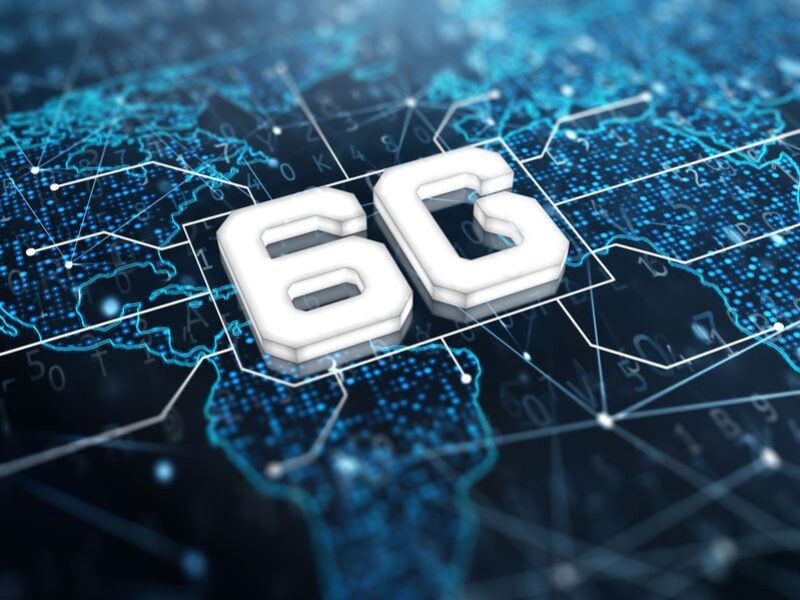
Tech by Android – How 6G networks are shaping the future of connectivity has become a major question for businesses and consumers alike. As technology advances rapidly, many wonder what the next generation of wireless networks will bring. After all, 5G has already transformed industries. Therefore, expectations for 6G are incredibly high. Companies are investing heavily to lead in this emerging field, while governments prepare regulations to support it. Consequently, 6G could redefine how we live and work.
“Read More: Ed Sheeran Songs is are said to be Unhealthy for the Brain, as Damaging as Heroin”
First of all, 6G promises to deliver speeds up to 100 times faster than 5G. As a result, downloading and uploading massive files will become almost instant. This speed will enable industries to implement real-time AI applications more effectively. Moreover, creative fields like gaming and media production could see revolutionary improvements. In addition, seamless streaming of ultra-high-resolution video will likely become standard.
Furthermore, 6G aims to cut latency to nearly zero. This means devices can communicate almost instantly with each other. Consequently, applications like autonomous vehicles and remote surgery will become safer and more reliable. Not only that, but this improvement also makes virtual and augmented reality experiences far more immersive. For these reasons, industries dependent on precision and speed are watching closely.
“Read About: Top Android Controllers Gamers Swear By”
Importantly, 6G networks are designed to be much more energy-efficient than previous generations. Since environmental impact is a growing concern, engineers prioritize sustainability. Therefore, 6G base stations and devices will consume less power. At the same time, improved energy management allows larger networks to operate without wasting resources. In the long term, this could lower costs and carbon emissions significantly.
As the Internet of Things expands, 6G will need to support billions of devices simultaneously. Accordingly, its infrastructure will handle massive volumes of connections without congestion. This capacity makes smart cities, automated factories, and connected homes more feasible. Consequently, users will enjoy uninterrupted service even in densely populated areas. This scalability is a key selling point for future networks.
Additionally, 6G could give birth to entirely new industries. For example, holographic communication, digital twins, and brain-computer interfaces may finally become practical. Since the network will offer both speed and reliability, entrepreneurs can develop groundbreaking services. Meanwhile, researchers continue to explore how these capabilities can improve healthcare, education, and entertainment. Clearly, the potential is vast.
On the other hand, increased connectivity also raises security concerns. Thus, 6G developers are building advanced encryption and threat detection into the system. This way, data remains safe even as the number of connected devices grows exponentially. Moreover, governments are expected to impose stricter cybersecurity regulations. For this reason, businesses must stay vigilant while adopting 6G technology.
Equally important, 6G is expected to bridge the digital divide. Since the network will use advanced satellites and drones, it can reach remote areas more effectively. Consequently, rural communities could gain access to high-speed internet previously unavailable. This improvement supports education, healthcare, and commerce in underserved regions. Therefore, 6G has the potential to create more equitable opportunities.
Because 6G development is a global effort, international collaboration plays a crucial role. Countries must agree on standards and spectrum allocation to avoid conflicts. In addition, shared research accelerates innovation. Thus, governments and private companies are working together more closely than ever. This cooperative spirit may also inspire future technology initiatives.
Naturally, new technologies require skilled workers. Hence, businesses and schools are investing in training for engineers, programmers, and technicians. Moreover, governments provide grants and incentives to foster education in this field. As a result, the workforce becomes better prepared to manage and expand 6G networks. This investment in human capital benefits the broader economy as well.
In conclusion, 6G networks represent a leap forward in connectivity. As technology matures, its impact will ripple across industries and societies. Therefore, businesses should begin preparing now to take advantage of the opportunities ahead. With faster speeds, lower latency, and greater reach, 6G will shape how we connect, work, and live in ways we are only beginning to imagine.